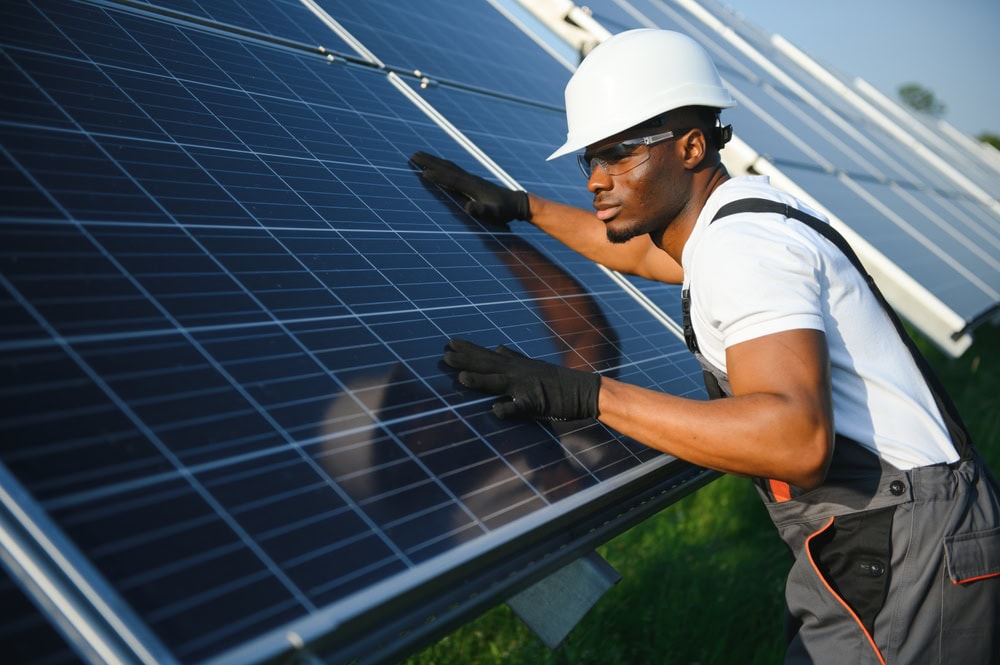California is no stranger to leading the charge on environmental sustainability, and 2025 is shaping up to be a transformative year for contractors in the state. With new green building standards set to redefine construction practices, small and medium-sized business owners must stay ahead of the curve to remain competitive. This guide explores the latest green building requirements, their implications, and actionable steps contractors can take to thrive in this evolving landscape.
The Shift Toward Sustainable Construction
California’s construction industry is undergoing a quiet revolution. Buildings, long contributors to climate change through greenhouse gas emissions and energy consumption, are being reimagined under updated regulations such as the 2025 Building Energy Efficiency Standards and CALGreen Code. These standards aim to reduce energy costs, improve air quality, and enhance climate resilience. For example, heat pumps are now becoming the standard for both residential and commercial spaces, replacing traditional gas-powered systems.
This shift isn’t just about compliance—it’s about embracing innovation. Contractors who adopt these measures proactively can position themselves as leaders in sustainable construction. Imagine a residential project where heat pumps not only reduce emissions but also lower monthly utility bills for homeowners—a win-win scenario that showcases your expertise while meeting regulatory demands.
Key Standards to Watch
Heat Pumps as the New Norm
Starting in 2025, California’s building code mandates heat pumps for space and water heating in new residential constructions. This requirement extends to commercial buildings during HVAC replacements 13. Heat pumps are more energy-efficient than traditional systems and align with California’s goal of reducing reliance on fossil fuels.
For contractors, this means retraining teams to install and maintain heat pump systems effectively. It also opens opportunities to educate clients on the benefits of this technology, such as improved indoor air quality and lower energy bills.
Embodied Carbon Reduction
The CALGreen Code now includes provisions to minimize embodied carbon—the greenhouse gases emitted during material sourcing, manufacturing, and disposal. Contractors must explore sustainable materials like recycled concrete or bio-based products while considering whole-building lifecycle assessments.
Picture a school renovation where you source locally manufactured materials with low embodied carbon. Not only does this meet CALGreen requirements, but it also demonstrates a commitment to community-focused sustainability.
Energy Efficiency Upgrades
The 2025 Energy Code emphasizes energy efficiency across all building types. From better insulation to solar-ready designs, these updates aim to save $4.8 billion in energy costs over their lifetime. Contractors should familiarize themselves with technologies like Energy Star appliances or advanced window systems that optimize heating and cooling.
Take, for instance, a commercial office project where you integrate solar panels alongside efficient lighting systems. This approach not only complies with regulations but also appeals to environmentally conscious clients seeking long-term savings.
Practical Steps for Contractors
Educate Yourself and Your Team
Understanding the technical aspects of new standards is crucial. Invest in training programs that cover heat pump installations, embodied carbon assessments, and energy-efficient design principles. Many organizations offer workshops tailored for contractors navigating these changes.
Market Your Expertise
Clients increasingly value contractors who prioritize sustainability. Use your website and social media platforms to showcase projects that meet or exceed green building standards. Share case studies highlighting challenges overcome—such as retrofitting older buildings with heat pumps—and the tangible benefits delivered.
Stay Updated on Incentives
California offers rebates and incentives for adopting green technologies like solar panels or water-efficient fixtures. Make it a habit to check with local utility providers or government programs so you can pass savings onto your clients while enhancing your competitive edge.
Looking Ahead
The construction industry in California is poised for significant growth in 2025, driven by infrastructure investments and updated regulations. As these changes take root, contractors who embrace green building practices will not only comply with mandates but also lead the way in creating healthier, more sustainable communities.
In conclusion, emerging green building standards are not just rules—they’re opportunities for innovation and leadership. By understanding these updates and adapting your practices accordingly, you can set your business apart while contributing to California’s environmental goals. Whether it’s installing heat pumps or sourcing sustainable materials, every step forward is a step toward a greener future for both contractors and their clients.

